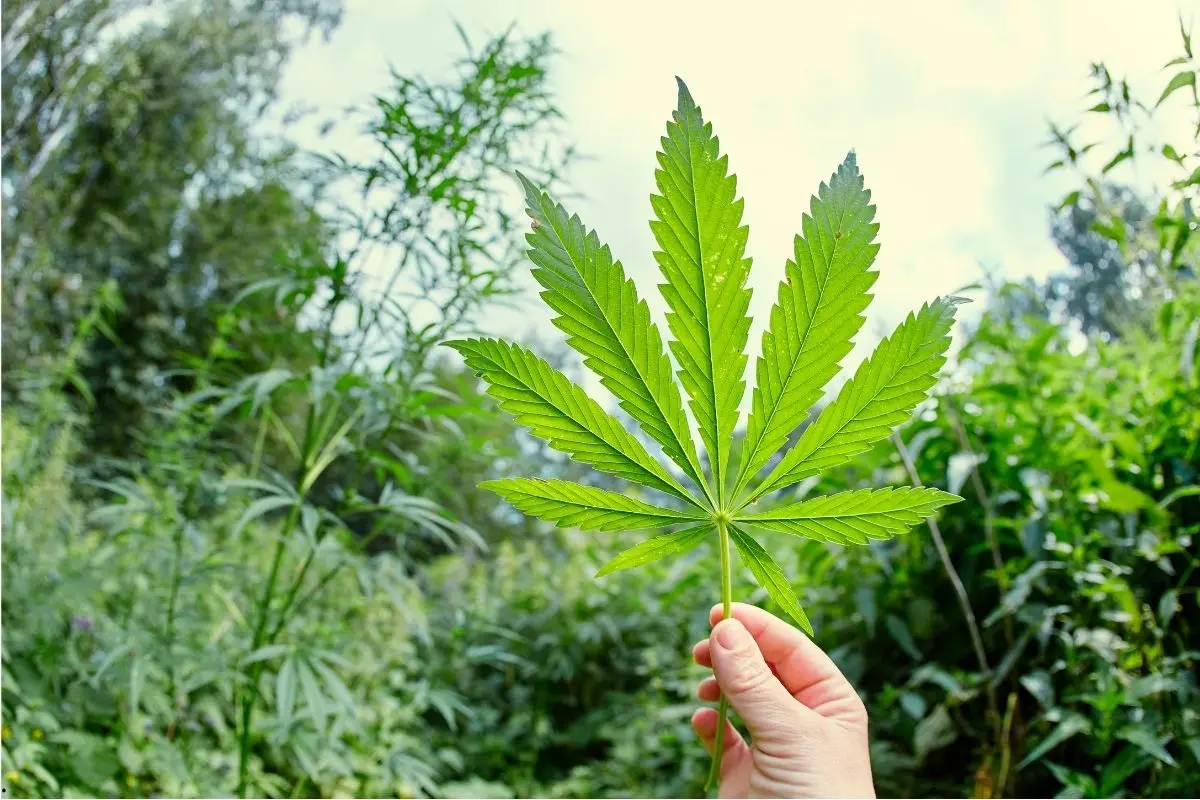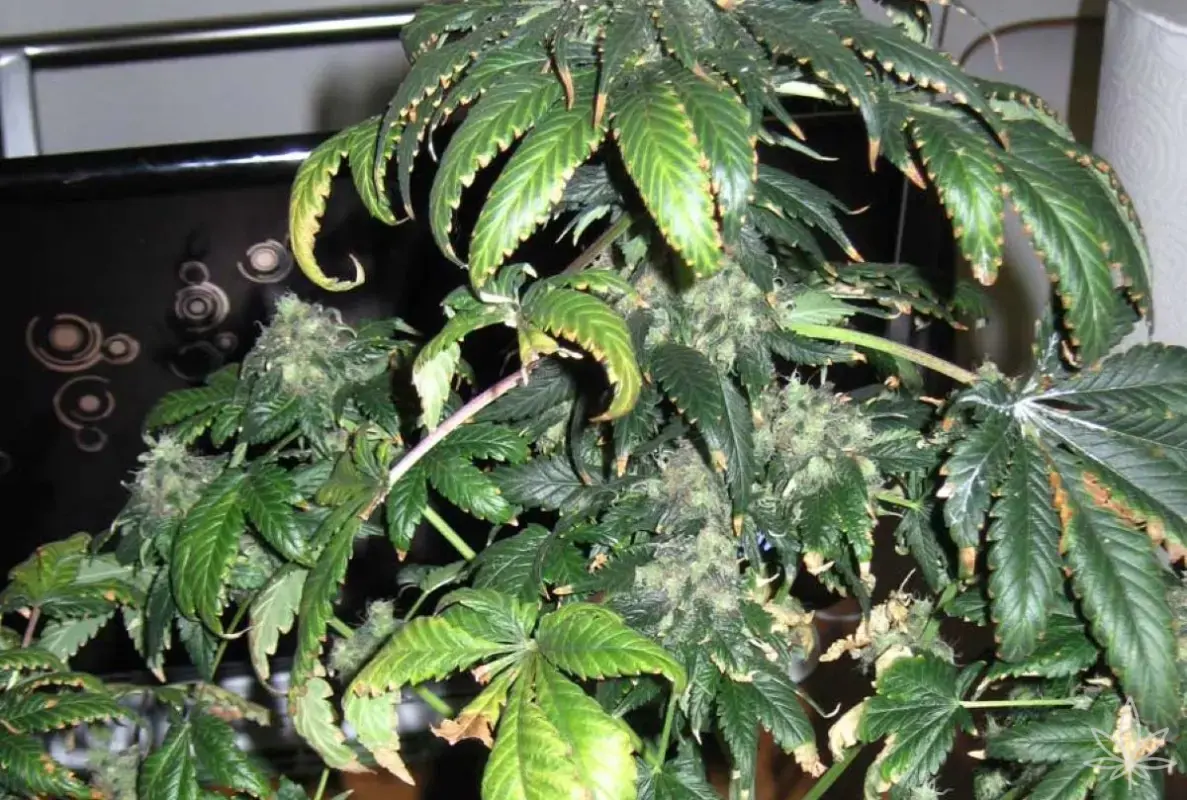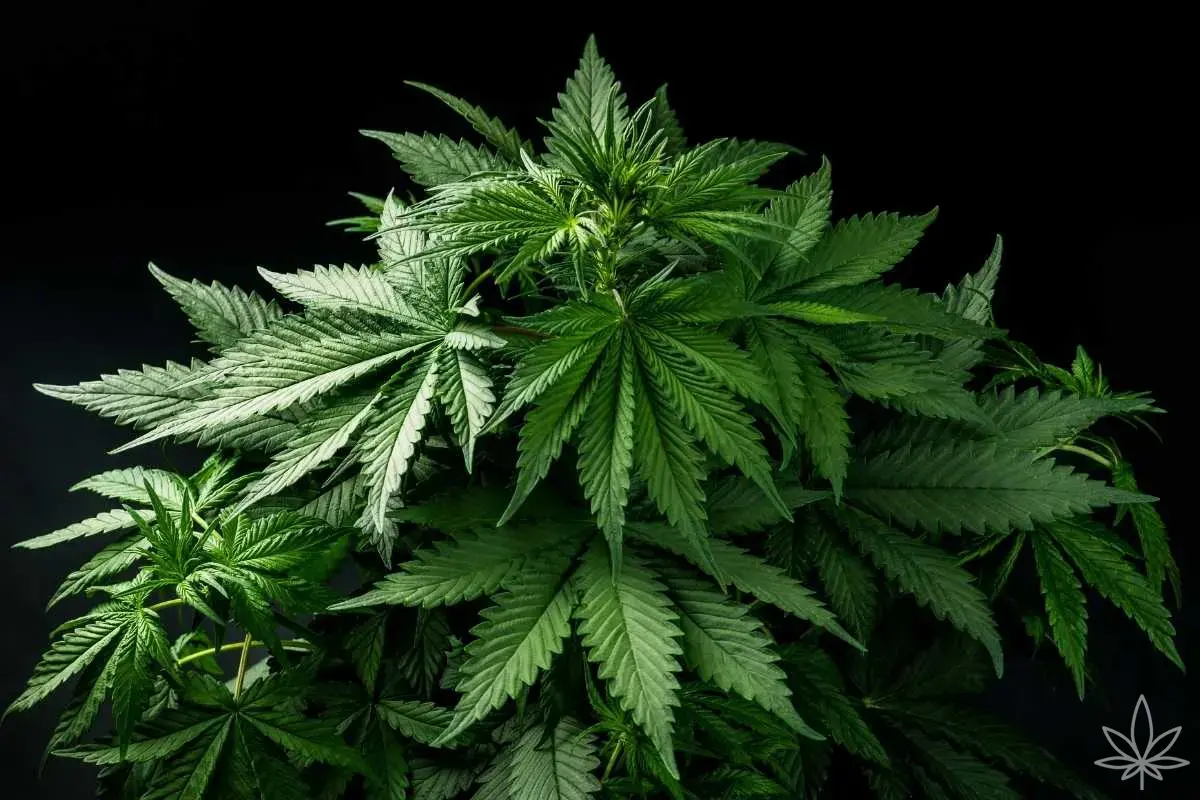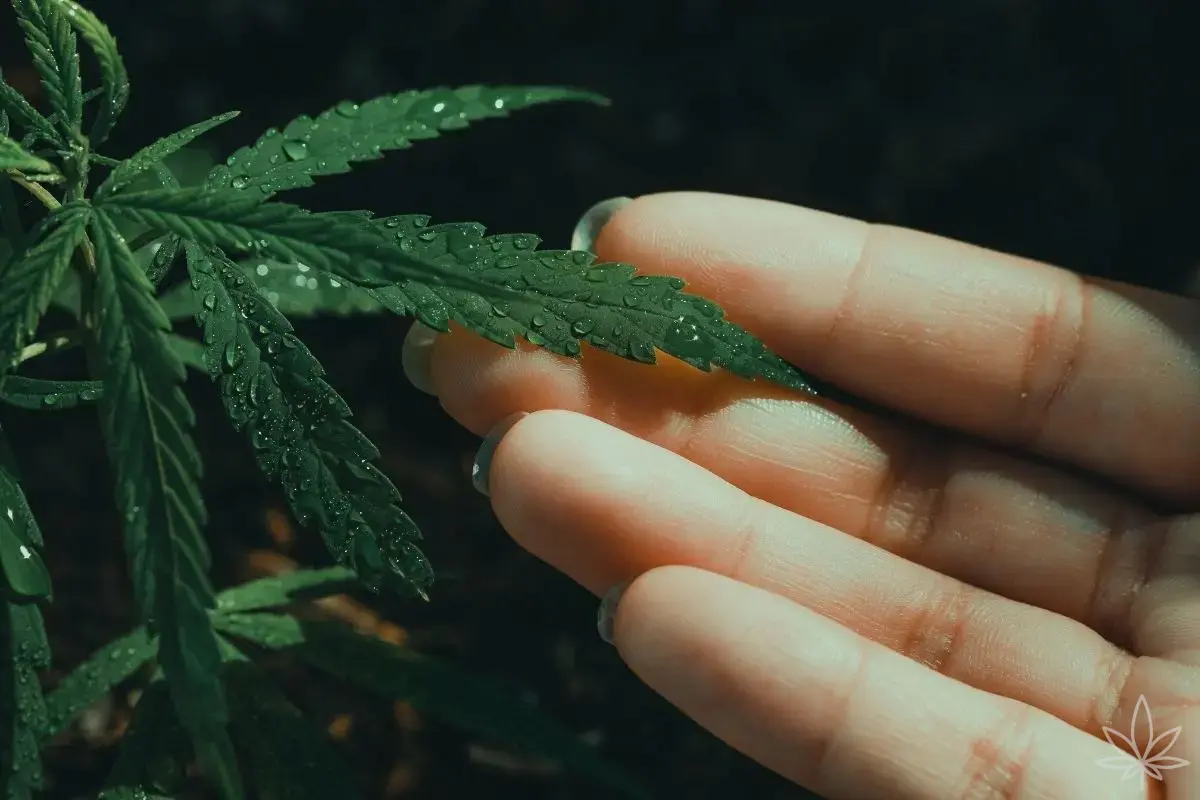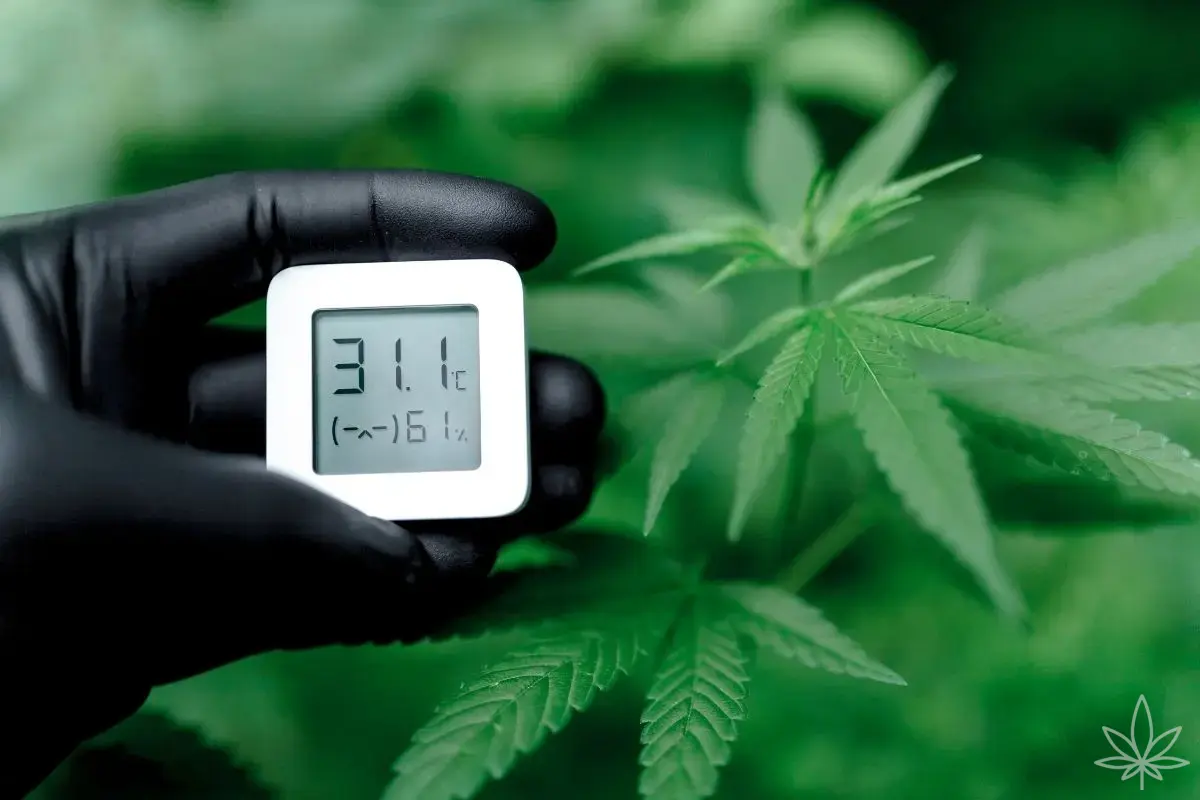Growing cannabis outdoors or in a greenhouse is a unique journey through the seasons, with each month bringing fresh challenges and recurring threats. A detailed calendar doesn’t just warn you about typical disease windows—it arms you with proactive strategies and teaches you to anticipate trouble long before it strikes, so you can harvest healthy, aromatic buds.
Winter (January–February): Dormancy and Preparation
Plants rest: No active growth, short days, cold temperatures.
Your job: Disinfect tools and greenhouses, prep new beds, plan crop rotations, source resistant genetics.
Tip: Check your soil structure, repair ventilation, and ensure all equipment is clean for a pest- and pathogen-free start.
March–April: Germination, Seedlings, and Fungal Threats
Seedlings are vulnerable: High risk of “damping off” (Pythium, Fusarium).
Weather swings: Cold, wet soils are a haven for seedling pathogens.
In greenhouses: Watch for excessive humidity and the first grey mold outbreaks.
Preventive actions: Moderate watering, clean substrate, continuous air circulation.
May: Transplanting and First Pests
Transplant shock: After the danger of frost, move seedlings outdoors/into the ground/greenhouse.
Risks: Aphids, thrips, Botrytis, Alternaria, and cold nights stress.
Best practices: Routine scouting, use physical barriers (insect mesh), and isolate any weak plants.
June: Fast Growth, Pest Boom & Early Mould
Lush vegetative growth: Long days drive rapid expansion.
Risks: Powdery mildew, first spider mites, aphids, slugs after warm rain, and the onset of bacterial/fungal leaf spots.
In greenhouses: Watch for thrips and maintain humidity below 60%; ventilate proactively.
Soil fungi: Fusarium and Rhizoctonia can cause stem base rot after heavy watering.
July: Leaf Disease Peak, Pest Pressure
Common diseases: Anthracnose, septoria, leaf spot (fungal, bacterial), mildew.
Pests: Grubs, mites, aphids, cutting into the new growth and flowers.
Prevention: Remove lower leaves, prune for airflow and sunlight; open greenhouse sides on hot days.
August: Flowering, the Onset of Mold Season
The mould threat begins: Grey mould (Botrytis) and Alternaria thrive when nights are humid or misty.
Other hazards: Thrips transmit viruses, aphids multiply, stem rot in dense plantings, and soil fungi.
In greenhouses: Thick canopy and lack of airflow create an environment ripe for mold and pest spikes.
September: Mold Season at its Peak
Problem time: Buds are dense and heavy; morning fog and long dew spells trigger infections (botrytis, fusarium, black root rot).
Tip: Inspect every bud for mold, increase airflow, harvest at the first sign of sustained rainy cold.
In greenhouse: Ventilate even with chill in the air—pre-dawn fog is peak infection risk.
October: Race Against Mold, Harvest Decisions
Main risk: Late-ripening buds are a mold magnet; root rot risk rises if ground stays wet.
Other issues: Slugs and beetles can damage low flowers after rain.
Pointers: Monitor flowers daily, harvest slightly early if bad weather threatens.
November–December: Drying, Storage, and Hidden Risks
Drying: Overcrowded or poorly ventilated drying rooms spark post-harvest mold outbreaks.
Storage: Any residual humidity leads to mold in jars, stale aromas, and heartbreak on opening.
Tips: Dry in a cool, airy space, check jars regularly through winter.
Most Common Diseases and Pests – Season-Long Enemies
Fungi: Grey mould (Botrytis), powdery & downy mildew, anthracnose, alternaria, fusarium, black root rot.
Pests: Aphids, spider mites, thrips, leafhoppers, bugs, slugs, nematodes.
Bacteria: Bacterial blights, stem rot, wilt diseases.
Viruses: Mosaic viruses, yellow leaf viruses, greenhouse distortion virus.
Practical Prevention & Modern Grower Tips
Daily inspection: Monitor leaves, stems, and flowers for spots, pests, and webbing—including under the canopy!
Ventilate and space plants: Even in greenhouses, air exchange is crucial; keep adequate distance to prevent disease spread.
Use resistant strains: Choose genetics bred for mold and pest resistance, especially in your climate.
Sanitation protocol: Remove plant debris after harvest, prune infected material immediately.
Humidity management: Keep bud sites dry, monitor humidity (target <60% during flowering and drying).
Smart storage: After drying, cure in airtight containers in a dry space, checking for changes or mold regularly.
Summary: Reading the Cannabis Disease Season Like a Pro
Every month, every growth phase brings a set of clearly defined threats. Real-world experience teaches you to anticipate them, but even veteran growers rely on daily monitoring, smart ventilation, and adaptive strategies to keep plants happy in the face of changing conditions. A calendar-based approach isn’t just folklore—it’s your best defense and planning tool for a successful, clean, and bountiful harvest.

